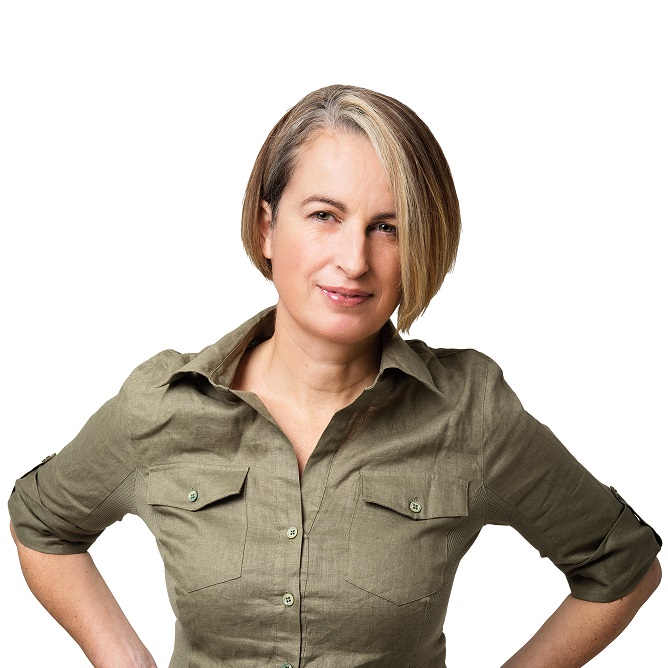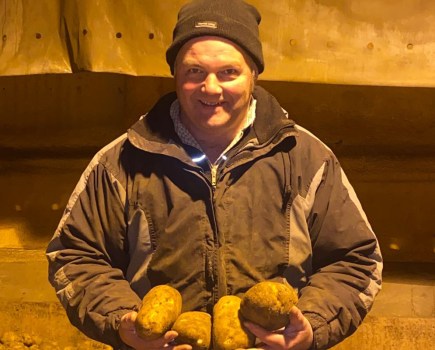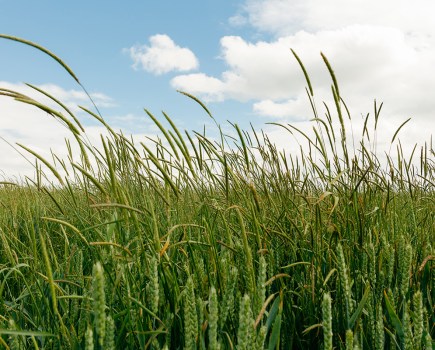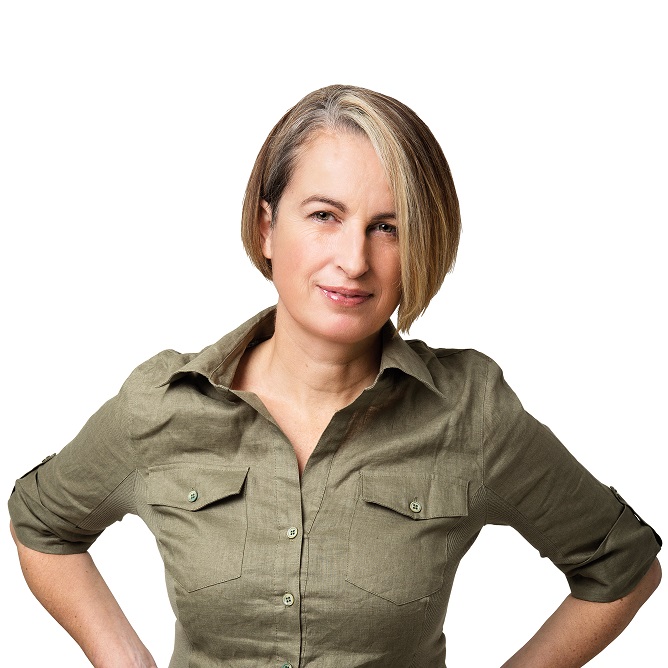 To say it’s been a frustrating spring is an understatement. With hardly a spring crop in the ground by early April, the urge to get planting when it eventually stopped raining has been an unstoppable force for some with any worries about soil damage going out of the window.
To say it’s been a frustrating spring is an understatement. With hardly a spring crop in the ground by early April, the urge to get planting when it eventually stopped raining has been an unstoppable force for some with any worries about soil damage going out of the window.
And that’s the real difficulty every grower faces when it comes to the soil, finding a balance between pressure of work and doing what’s right for the land. A ‘got to get on’ mentality is something that’s engrained in the farming psyche and allowing that extra day of drying purgatory, especially when neighbours are ‘busy on’. This spring it really has been a case of having to ‘make hay while the sun shines’ but there’s yet to be a farming-related phase invented that means waiting is good, tomorrow will be better.
It’s the heavy land growers that have the hardest job – it’s called man’s ground for a reason. And even where the intentions are all good as far as soil management is concerned, there’s often a compromise to make. A late spring where planting, fertilising and spraying all needs doing at the same time can put real pressure on resources. But muddling a crop in isn’t the answer because, as well as setting up a problem for years to come, the crop’s potential will be damaged before it’s even out of the ground. It’s a double whammy effect.
So it may be with some trepidation that you read the Theory to Field this month, which is digging into soil health, something that hasn’t necessarily been uppermost in the mind these past few weeks. Yet the beauty of this AHDB/BBRO-funded work, that’s endeavouring to standardise a measure for soil heath, is it’ll one day provide a way of monitoring whether a field was worked that little bit? too early. It will quantify how the soil has been affected and any damage done, so enabling decisions to be made to nurse it back to better health.
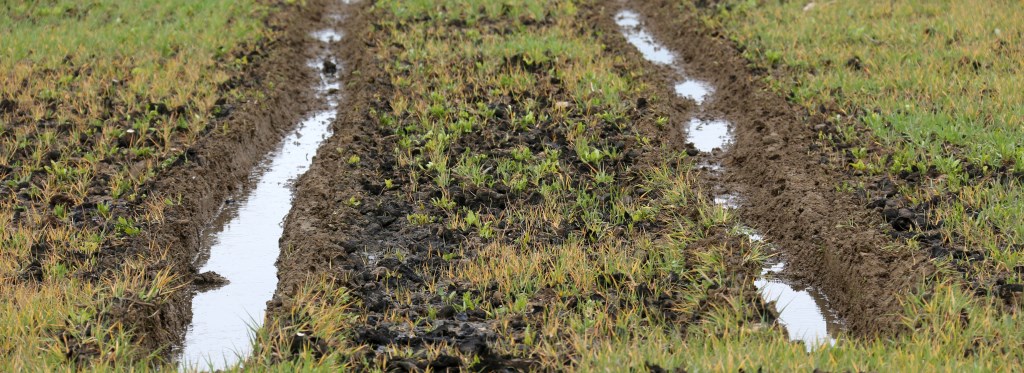
The rutted tramlines evident in many fields this spring will leave a legacy for years to come.
Nothing happens quickly in the world beneath our feet and that’s something that champions of conservation tillage are all too aware of. And it’s a challenge for those conducting trials because we’re a society that expects instant, black and white results and that’s just not going to happen where soil is concerned. Any real changes will only become apparent in time.
CPM has been following the strip tillage and cover crop trial at Morley Farms for the three years since its inception. It’s not generating any exciting headlines, so you could ask why dwell on a trial that’s not producing definitive results. But that’s the point. It’s as much about the journey, the thought processes and expectations behind the trial, the experience it’s building while trying out new ways of doing things.
BBRO is also looking at different tillage regimes and has also found strip tillage to look rather unexciting at first sight, with lower yields compared with conventional establishment systems. But if you dig into the detail, these lower yields are balanced by the lower cost of cultivations, so it’s a cost-neutral change that’s bringing an added benefit to soil health – which we may even be able to meaningfully measure soon!
The prospect of using molecular technologies to assess the soil biology is an exciting one. This could provide a window into a world that’s teeming with life. It may be that once microscopic species have been identified as useful indicators of soil health, then testing for their DNA won’t be cost prohibitive. Perhaps we’ll be able to test for denitrifying bacteria and be able to use that as a measure to determine likely nitrogen uptake by the crop. The challenge in all of this is going to be to discover what is meaningful once we know what can be measured.
Every farming system is unique and finding out what works in their situation is something growers are really good at. And that’s one of the great things about the AHDB’s ‘big dig’. There’s a recognition that there’s a wealth of practical expertise out there and real value in sharing this, not just with fellow farmers but with the researchers. That’s progress.
Based in Ludlow, Shrops, CPM technical editor Lucy de la Pasture has worked as an agronomist. @Lucy_delaP

